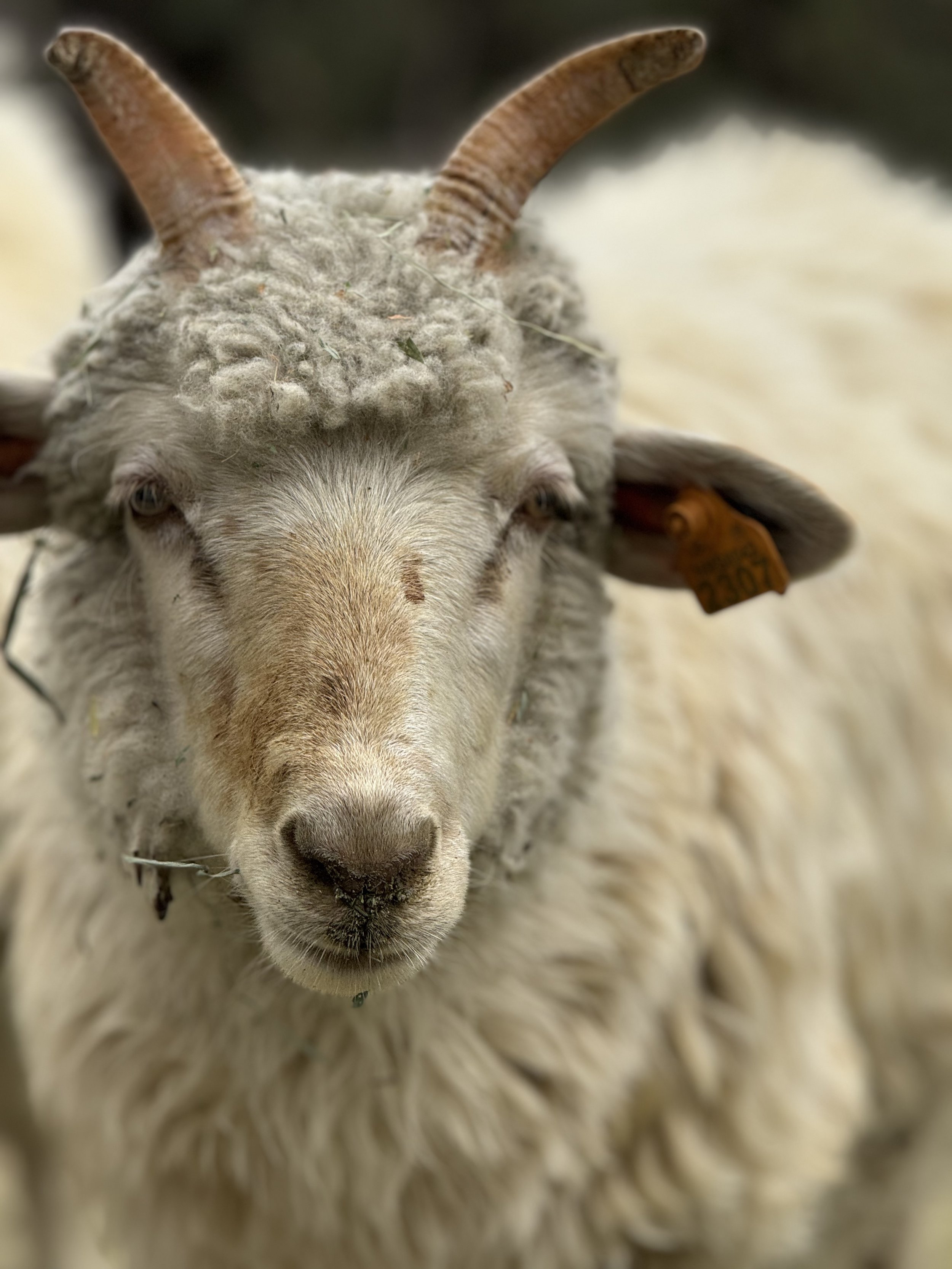
TrueChurro™
Why should we care about a sheep that is an indigenous desert landrace in North America?
Our trademark TrueChurro™ and its initiative program recognizes and supports the primitive desert Churro sheep that was significant in all cultures of the Southwest deserts since the 1500s. Its resilience and versatility have made it a revered figure in the tapestry of human history, embodying the shared experiences and interconnectedness of different cultures. As we reflect on the enduring significance of the Churro sheep, we are reminded of the profound ways in which simple yet noble creatures can transcend boundaries and bring people together, weaving a common thread that binds us all.
We recognize and support this cultural identity with the Churro without bias.
TrueChurro™: A Fresh Perspective of the Churro’s Role in Culture, Conservation, and Agriculture
The Rio Milagro Foundation is excited to present TrueChurro™. This initiative focuses not on developing a new breed registration, but on honoring, protecting, and incentivizing the conservation of the most traditional Churro sheep. With TrueChurro™, we seek to adopt a new perspective on the crucial contribution of Churro sheep to cultural heritage, agriculture, and conservation efforts.
TrueChurro™ Initiative:
— Recognizes and redefines the most fundamental traits of the Churro sheep and its wool, reigniting appreciation for the resilience of the Churro in range management and drawing attention to their coarse yet sturdy three-fiber fleece.
This shift from improving adaptive traits to viewing livestock as “Range Doctors” will transform our approach to soil preservation through new practices, research, and community involvement. We will utilize Churros and their wool to promote rangeland health in a warming climate.
— Recognizes the Conservation Significance of Churro Sheep
Churro sheep's unique traits and historical importance enable them to significantly contribute to cultural heritage, agriculture, and conservation. Acknowledging their value is crucial for reshaping the narrative of Churro sheep. This strategy will enhance cultural revival and strengthen efforts in agriculture and conservation, emphasizing their economic significance heritage.
What TrueChurro™ will do:
TrueChurro™ identifies primitive flocks, offering them economic support through our initiative.
By using our trademark for research and sustainable product development, we aim to build a strong, cohesive community. This unity fosters recognition and promotes ongoing contributions to our efforts.
We encourage partnerships with groups like the Navajo-Churro Sheep Association and the Livestock Conservancy to preserve the Churro.
We pioneer holistic methods that protect water and soil integrity, supporting ecosystems and shepherds' livelihoods by restoring Churro genetics.
What makes a Churro unique?
The most primitive genetics of the Churro sheep have unique adaptations that help them withstand the extreme climate conditions seen in current weather patterns worldwide.
They possess relict characteristics or genetic variants that are either absent in most modern domestic stock or exist only in rare breeds. However, they also carry several non-visible traits that have allowed them to survive, such as disease resistance, adaption to marginal food sources, and the ability to travel long distances without water.
The genetic variability and relic characteristics are critical to their ability to help us.
You can learn more here.